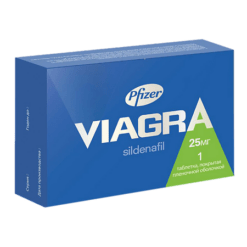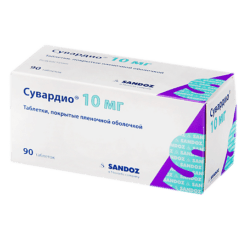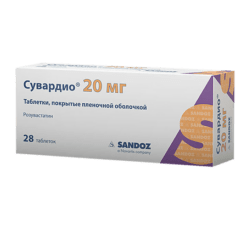-
×


-
×


-
×


-
×


-
×


-
×


-
×


-
×


-
×


-
×


Subtotal: €231.65












